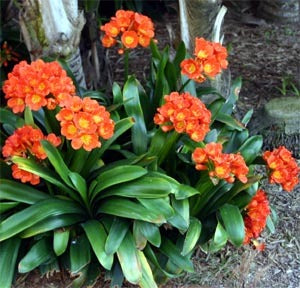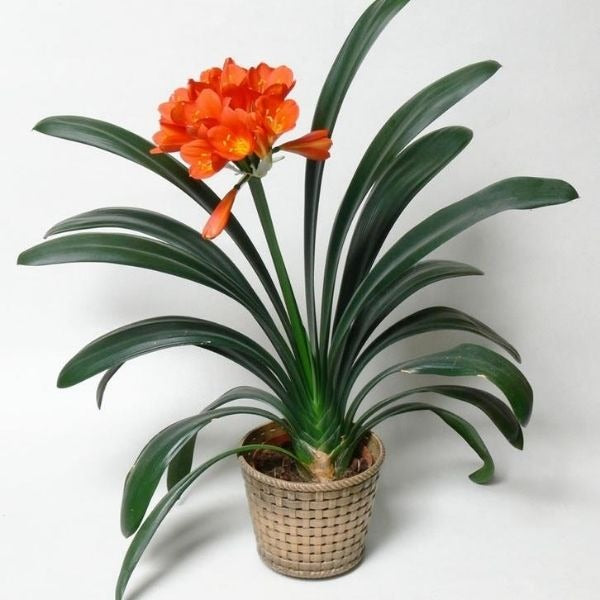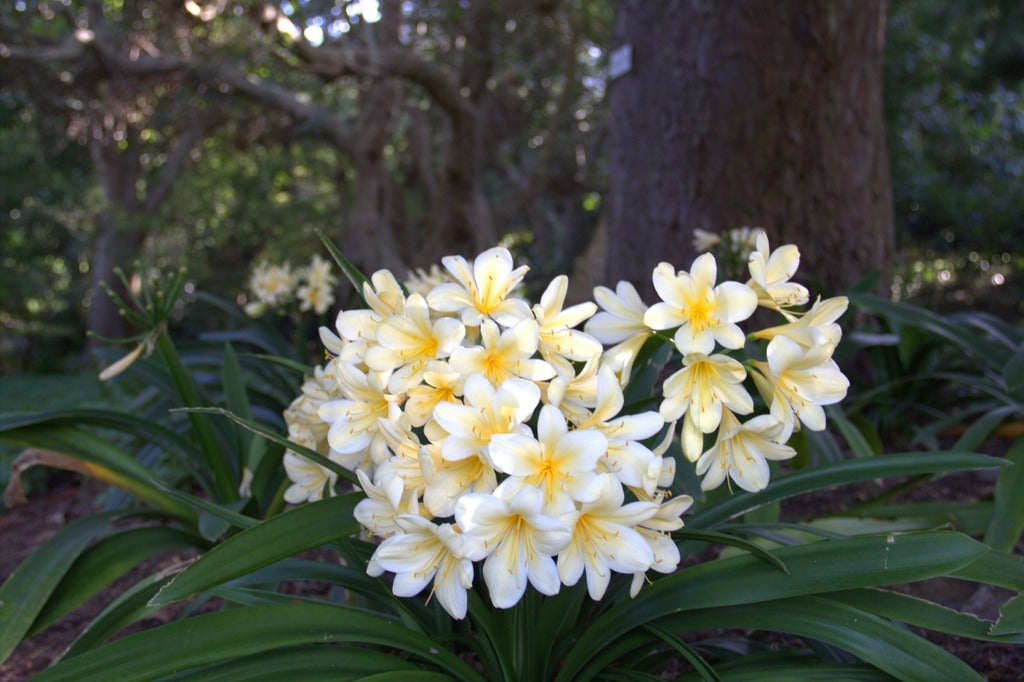PlantsKingdom
Clivia plants|Best Place to Buy Clivia Plants|Clivia Plants for Sale
Regular price
Rs. 350.00
Regular price
Rs. 550.00
Sale price
Rs. 350.00
Unit price
per
Shipping calculated at checkout.
Couldn't load pickup availability
Materials
Materials
Shipping & Returns
Shipping & Returns
Dimensions
Dimensions
Care Instructions
Care Instructions



Image with text
Pair text with an image to focus on your chosen product, collection, or blog post. Add details on availability, style, or even provide a review.
-
Free Shipping
Pair text with an image to focus on your chosen product, collection, or blog post. Add details on availability, style, or even provide a review.
-
Hassle-Free Exchanges
Pair text with an image to focus on your chosen product, collection, or blog post. Add details on availability, style, or even provide a review.


